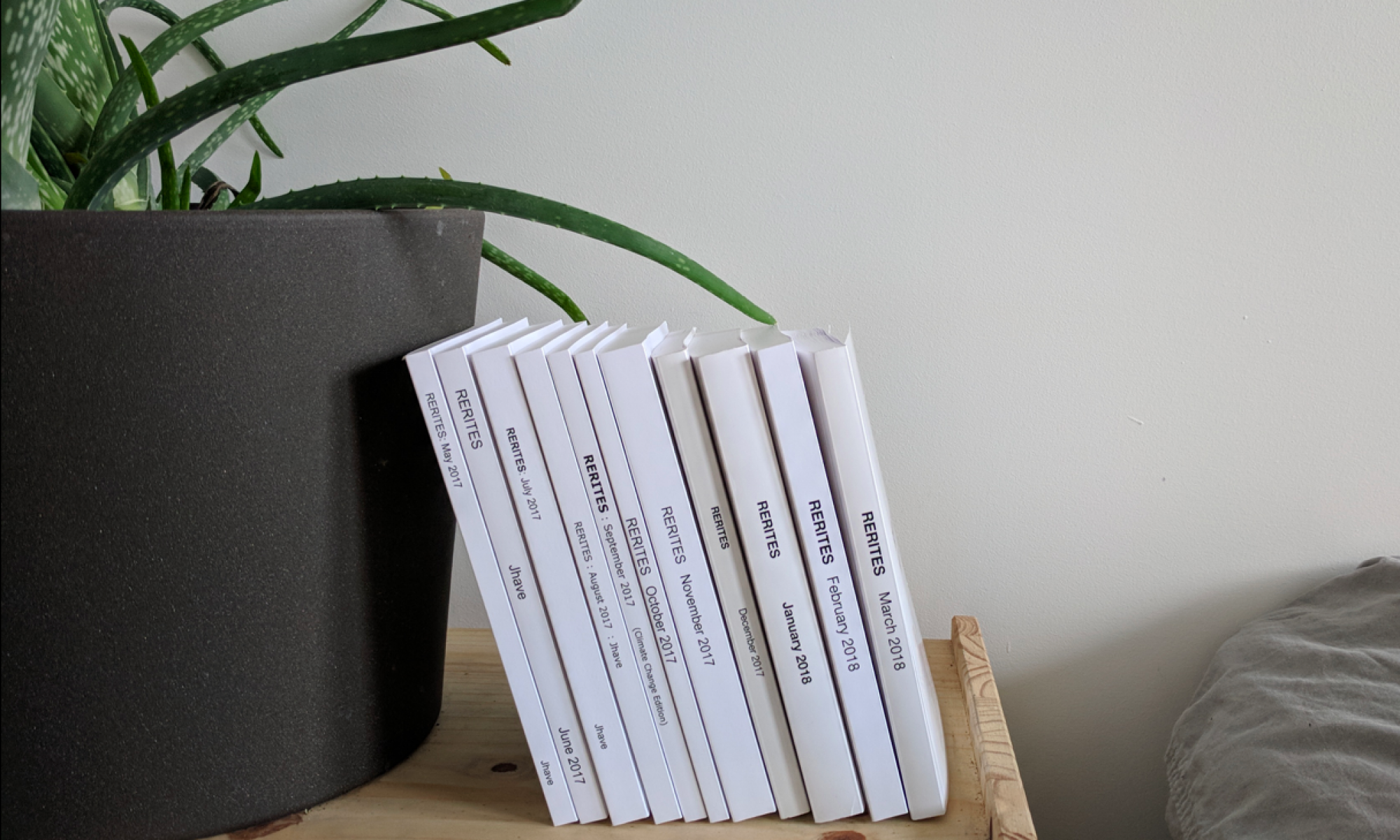The title of this post is the title of the first poem generated by a re-installed Wavenet for Poetry Generation (still using 0.1 Tensorflow, but now on Python 3.5), and working on an expanded corpus (using approx 600,000 lines of poetry) the first model was Model: 7365 | Loss: 0.641 | Trained on: 2017-05-27T14-19-11 (full txt here).
Wavenet is a rowdy poet, jolting neologisms, careening rhythms, petulant insolence, even the occasional glaring politically-incorrect genetic smut. Tangents codified into contingent unstable incoherence.
Compared to Pytorch, which aspires to a refined smooth reservoir of cadenced candy, Wavenet is a drunken street brawler: rude, slurring blursh meru crosm nanotagonisms across rumpled insovite starpets.
Pytorch is Wallace Stevens; Wavenet is Bukowski (if he’d been born a mathematician neologist).
Here’s a random poem:
____________________________________________
Model: 118740 | Loss: 0.641 | 2017-05-28T00-35-33Eyes calm, nor or something cases.
from a wall coat hardware as it times, a fuckermarket
in my meat by the heart, earth signs: a pupil, breaths &stops children, pretended. But they were.
Case study: Folder 2017-05-28T12-16-50 contains 171 models (each saved because their loss was under the 0.7 threshold). But what does loss really mean? In principle it is a measurement of the gap between the generated text and the validation text (how close is it?); yet however many different schemas proliferate, loss (like pain) cannot be measured by instrumentality.
Here’s another random poem:
____________________________________________
Model: 93286 | Loss: 0.355 | 2017-05-28T12-16-50would destroying through the horizon. The poor
Sequel creation rose sky.So we do not how you bastard, grew,
there is no populously, despite bet.
Trees me that he went back
on tune parts.I will set
a girl of sunsets in the glass,and no one even on the floral came
Training
I’m slowly learning the hard way to wrap each install using VirtualEnvironments. Without that as the upgrades happen, code splinters and breaks, leaking a fine luminous goo of errors.
The current virtual environment was created using
$ sudo apt-get install python3-pip python3-dev python-virtualenv $ virtualenv -p python3.5 ~/tf0p1-py3.5-wvnt
After that, followed the instructions,
$ TF_BINARY_URL=https//storage.googleapis.com/tensorflow/mac/gpu/tensorflow-0.10.0-py3-none-any.whl $ pip3 install --upgrade $TF_BINARY_URL
then got snarled into a long terrible struggle with error messages messing up the output, resolved by inserting,
os.environ['TF_CPP_MIN_LOG_LEVEL']='2' # into generate_Poems_2017-wsuppressed.py
And to generate on Ubuntu, using the lovely Nvidia Titan X GPU so generously donated by Nvidia under their academic grant program:
$ cd Documents/Github/Wavenet-for-Poem-Generation/ $ source ~/tf0p1-py3.5-wvnt/bin/activate (tf0p1-py3.5-wvnt)$ python train_2017_py3p5.py --data_dir=data/2017 --wavenet_params=wavenet_params_ORIG_dilations1024_skipChannels4096_qc1024_dc32.json
Text Files
tf0p1-py3.5-wvnt_jhave-Ubuntu_Screencast 2017-05-28 11:31:40_TrainedOn_2017-05-28T00-35-33 tf0p1-py3.5-wvnt_jhave-Ubuntu_2017-05-28 09:18:00_TRAINED_2017-05-28T00-35-33 tf0p1-py3.5-wvnt_jhave-Ubuntu_Screencast-2017-05-27 23:50:14_basedon_2017-05-27T14-19-11 tf0p1-py3.5-wvnt_jhave-Ubuntu_Screencast 2017-05-28 22:36:35_TrainedOn_2017-05-28T12-16-50.txt
